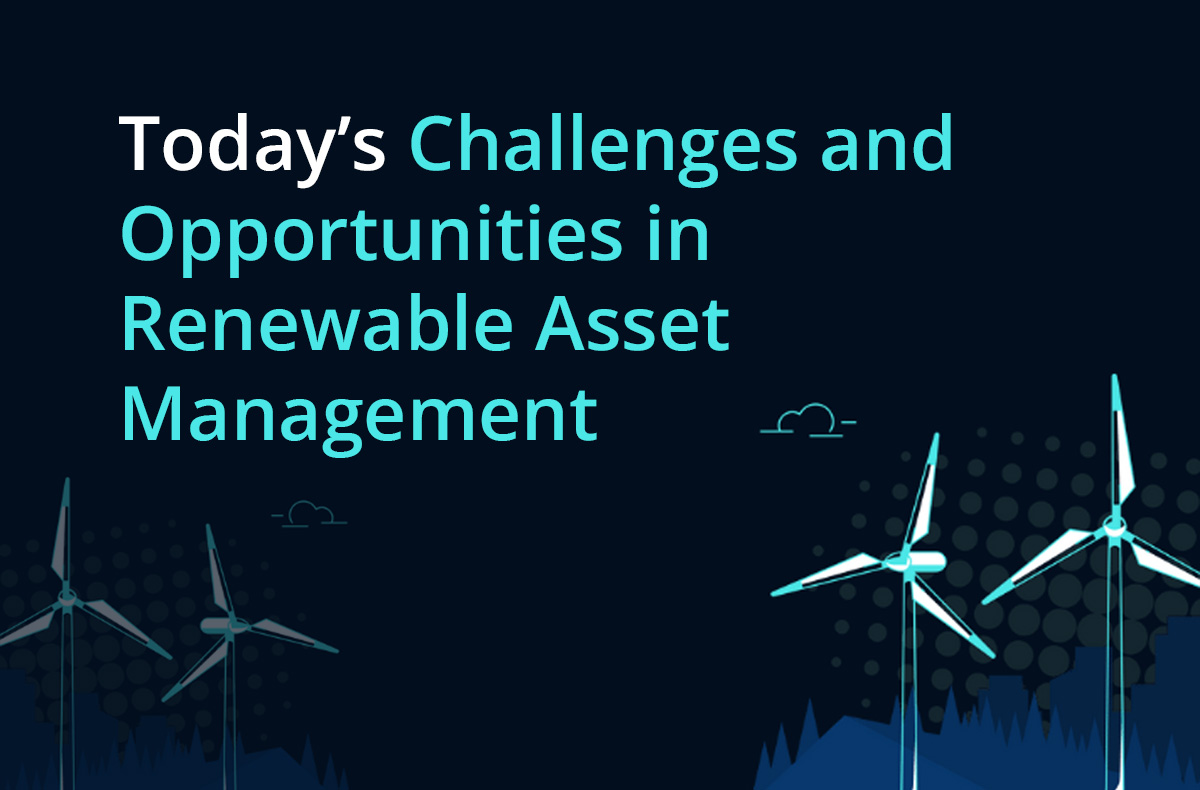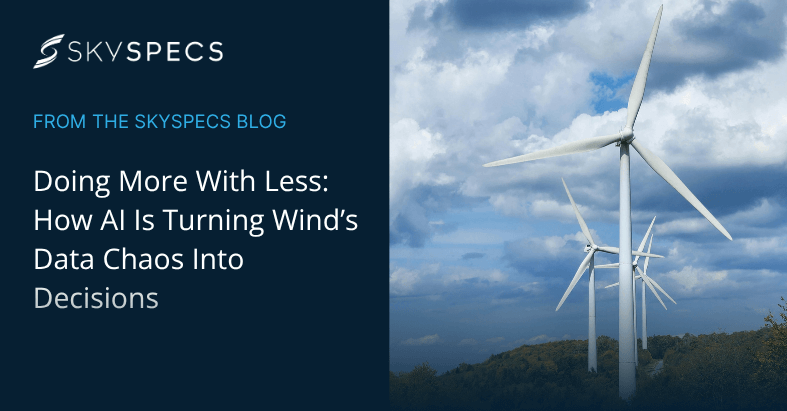Every project, asset, and role in the renewable energy sector has its challenges. But as the
industry changes, more unique and exciting opportunities arise.
In this discussion, we spoke with Jeremy Law, Vice President of Commercial Asset Management at Longroad Energy. He explained his route into the industry, his Longroad role in detail, and laid out what he believes are the key challenges and opportunities within renewable asset management in 2023.
Longroad Energy, headquartered in Boston, MA, is a renewable energy developer focused on the development, ownership, operation and asset management of wind and solar energy projects throughout North America.
Longroad was formed in 2016 by the former executive team of First Wind Energy and has a proven track record of developing “economically sensible and competitive wind and solar projects.”
What has changed in renewable asset management?
Jeremy began his career in renewable energy with Clipper Windpower back in 2009, so he’s
seen first-hand how the industry has changed over the last 14 years.
Over the past decade, one of the biggest changes has been on the data side. The way we collect and utilize data in the industry has transformed how he and his team work. Clearer, more accurate data has opened up opportunities to do more to improve the performance and maintenance of renewable assets.
Another major change that Jeremy has noticed has been the arrival of storage. This will be crucial to the success of any big projects in the renewables industry. As Jeremy puts it, “if we’re not pairing big projects with storage, then you’re just not building big projects.” The technology that is being developed in storage is something to watch out for.
While the industry has changed a lot, one thing that hasn’t is the importance of a strong and well-trained team. Despite advancements in technology, such as automation and AI, Jeremy says a stable team of technicians is still an integral part of any renewable energy company.
The biggest challenges and opportunities today
On the wind side of the industry, aging assets are a pressing problem, and blade and gearbox maintenance is always a challenge. With better condition management data, we can be alerted to problems earlier and more frequently, which is good because there are fewer surprises, but it’s also more data to keep on top of.
Jeremy says that breakage will happen, regardless of whether you’re working on solar, wind, or focusing on storage. But his perspective is that breakage aside, the system will work.
Unlike the fossil fuel industry that’s dependent on fuel prices, renewables are dependent on capital cost. So it’s in everyone’s best interest to maintain and fix any issues rather than to neglect assets that could be generating a return on investment.
“Because so much of this is capital cost, and there really is no fuel costs, just maintenance costs, there’s a heavy incentive for all of us to figure out how better to run these products.”
Jeremy also highlights the challenges OEMs have faced in recent times, especially when it comes to supply chain issues and inflation. There’s been tension in the industry as companies seek to balance the needs of OEMs with the need for projects to be profitable.
“We need OEMs to be healthy. But we also need to build projects that are profitable, or
we don’t build projects.”
On the solar side, Jeremy says that there’s currently a lot of obsolete or soon-to-be obsolete technology in use. But the good news is that we can apply the lessons we’ve learned from wind power to solar as well. The same goes for storage. Each arm of the renewable energy industry can learn from each other.
The risks of assets changing hands
From an asset management perspective, a real challenge that Jeremy thinks will continue to crop up is a lack of stability. There’s a real cost when it comes to project and company turnover. When renewable assets change hands due to reshuffling and M&A, the risk is that things get lost along the way.
That lack of stability and confusion can prevent projects from being completed on schedule and to the best quality. This industry is built on strong interpersonal relationships, and when teams are broken up or individuals move to other roles, the project is disrupted.
Jeremy thinks that consolidation of who the service providers are will help to maintain that stability, as well as using a universal data language in the industry. That way, when project ownership changes, the data can be directed to someone else with minimal disruption.
In an ideal world, Jeremy says the project wouldn’t change ownership, but admits this is a “pipe dream” when there’s so much incentive for assets to change hands in this industry.
How Longroad Energy is changing its strategy
Jeremy explains that the firm’s initial goal was to develop, construct, and (mostly) sell assets while holding some that were valuable to them. But, in recent times, Longroad has switched to more of a buy-and-hold strategy to build up a portfolio of operating assets. This new strategy allows him and his team to become better at developing, operating, and managing assets.
“Being owners makes us better asset managers and operators. And by the same token, being owners makes us better developers, and then vice versa.”
In recent years, Longroad Energy has been delving a lot into solar power, partly because
of tax credits. But with the recent Inflation Reduction Act (IRA) changes, there’s more incentive to invest in wind, so that’s where Longroad has directed its focus. They are also making strides into storage, which Jeremy believes is essential in this market.
As well as holding and operating its own assets, Longroad Energy still continues to provide services for third parties as well.
“Firefighting” and solving industry challenges
Much of Jeremy’s role is providing backup for his team, and also “firefighting” when it comes to industry challenges and maintenance issues. He likes to think of any problem as a project – for example, a blade that’s snapped in half is a project to work on, and it’s all about managing the work with different teams.
While issues like these are bound to come up every so often, Jeremy highlights a few things you can do to reduce or lessen the effects.
One is to invest in blade condition management, for example, by partnering with a company like SkySpecs. Once you can understand and monitor the condition of your assets, you can see issues coming up before they become bigger problems. That way, you can allocate maintenance budgets more efficiently.
Another thing that Longroad Energy is investing in this year is an overhaul of its performance engineering management. With a tool like SkySpecs’ Horizon blade asset management tool, Jeremy can monitor asset conditions and find potential issues and faults quickly. But his team is also working on a way to rank what needs to be fixed in priority order to better support things from a revenue and P&L perspective.
Fixing things like turbine blades isn’t always a simple case of sending out maintenance workers. There’s budget, risk of revenue loss, workload and prioritizing time, and engineers’ safety to think about when deciding which assets to fix and when.
As someone who has worked both in the field and behind a desk, Jeremy’s parting words are to always remember that someone will be sent out into the field to fix something. Those environments are not inherently safe, and the decision to send out technicians should always be carefully considered.
“That decision we’re making impacts somebody who is out in the field, doing a really hard job. So, try to remember that.”



